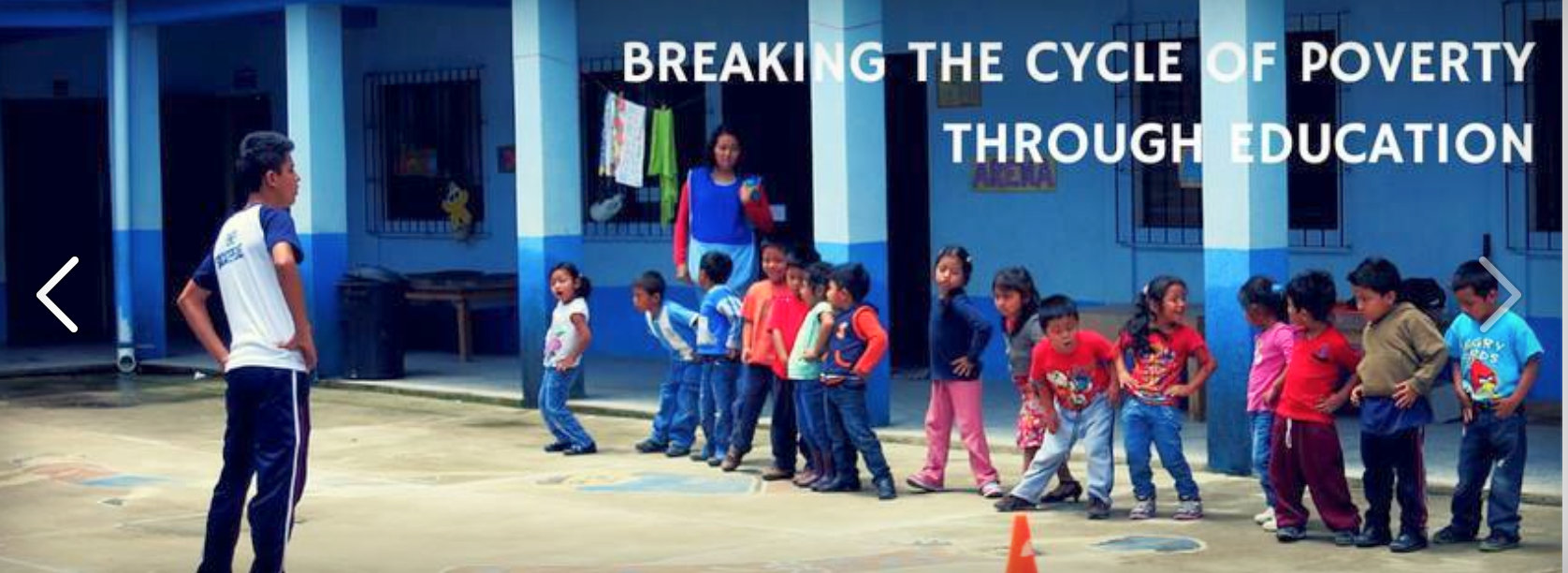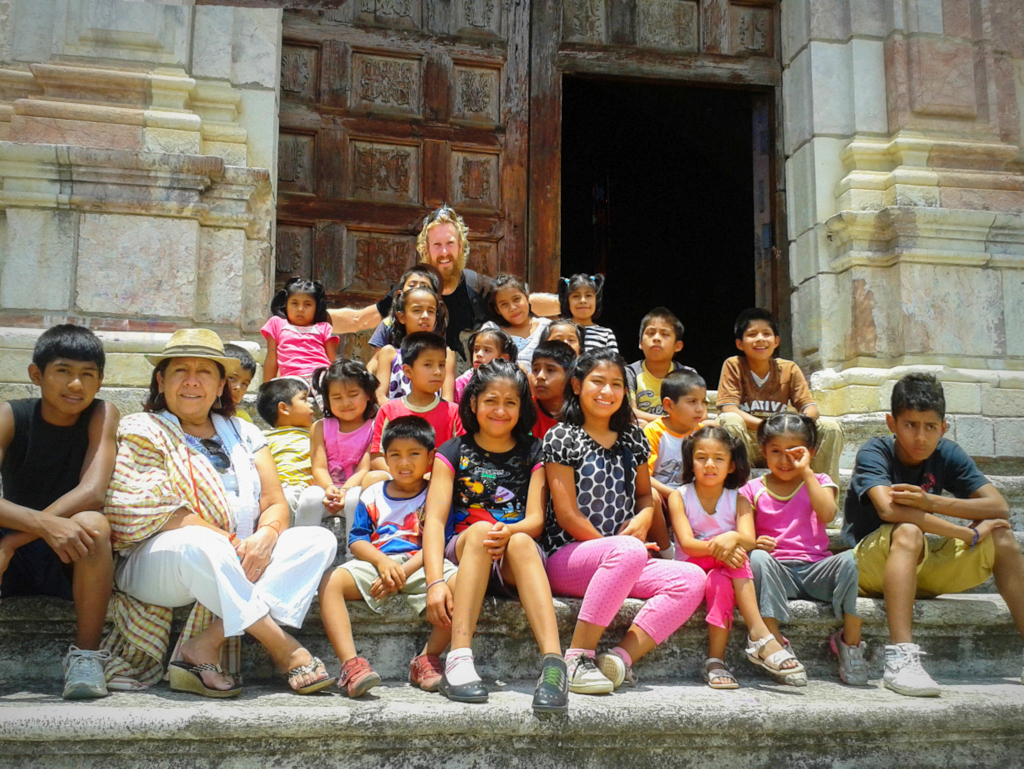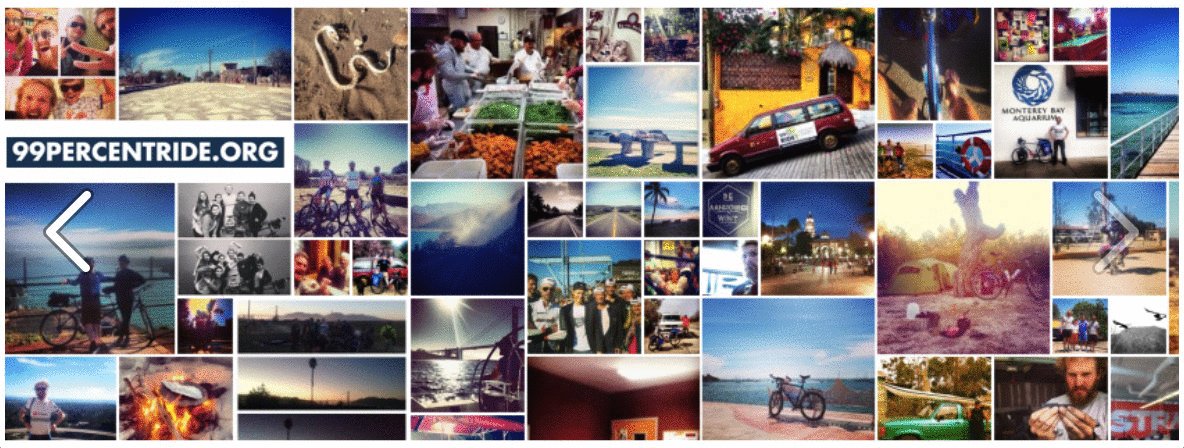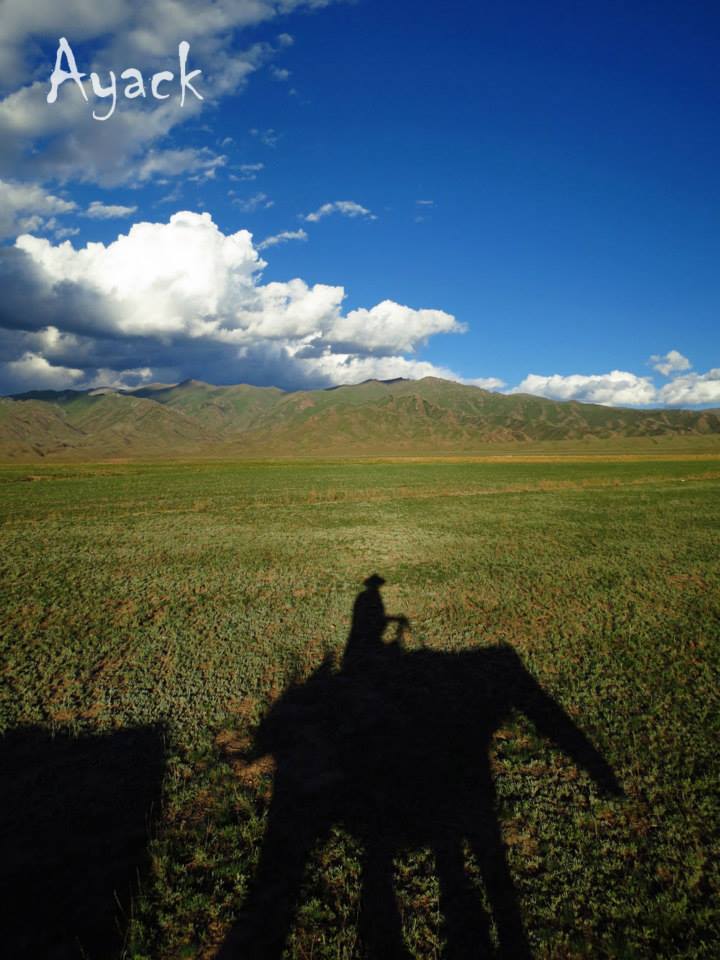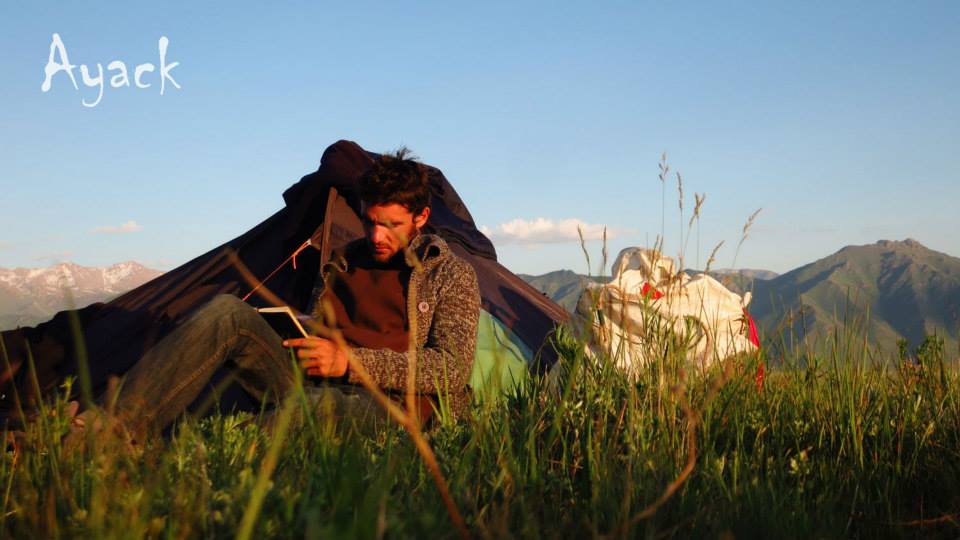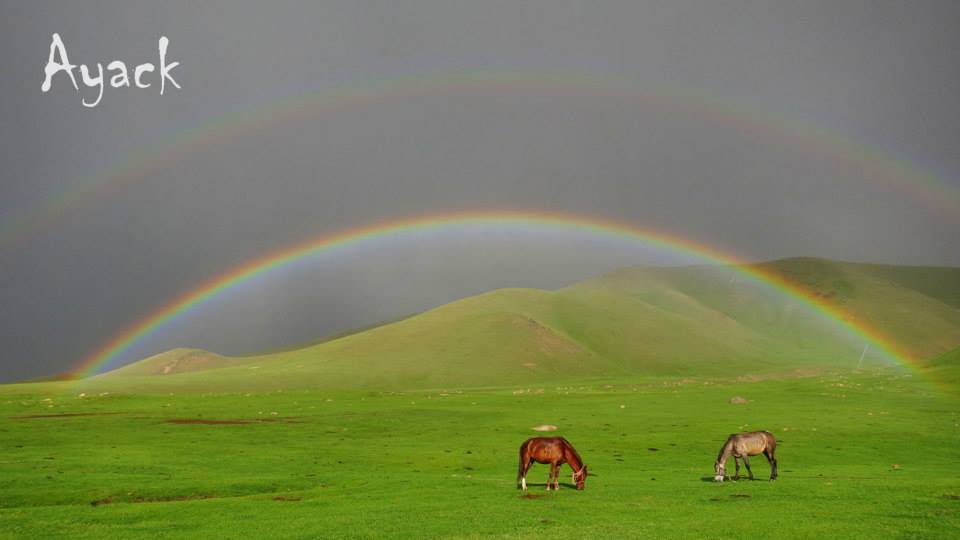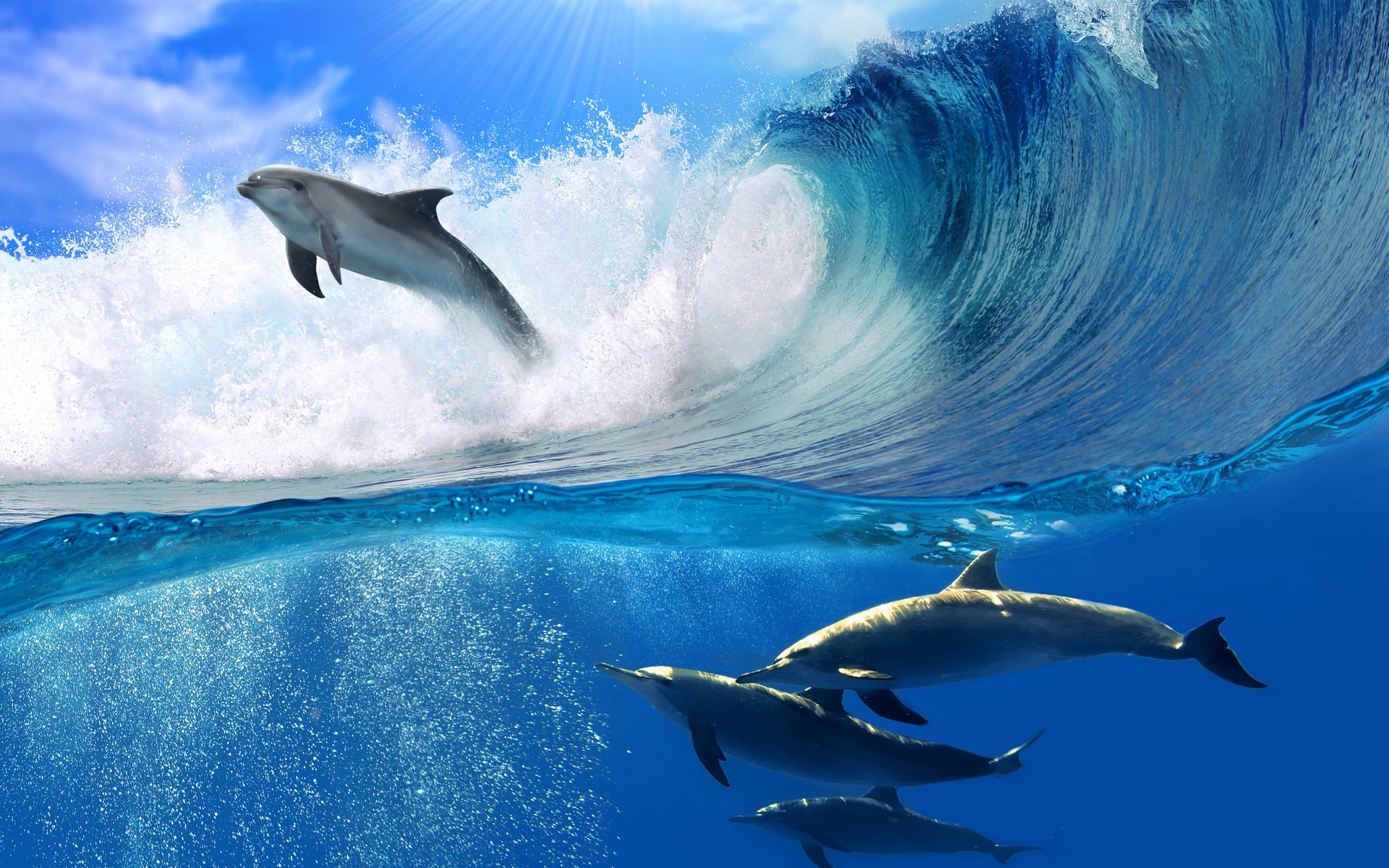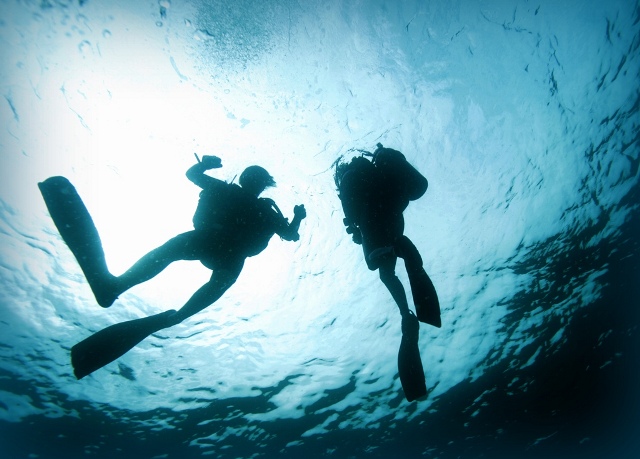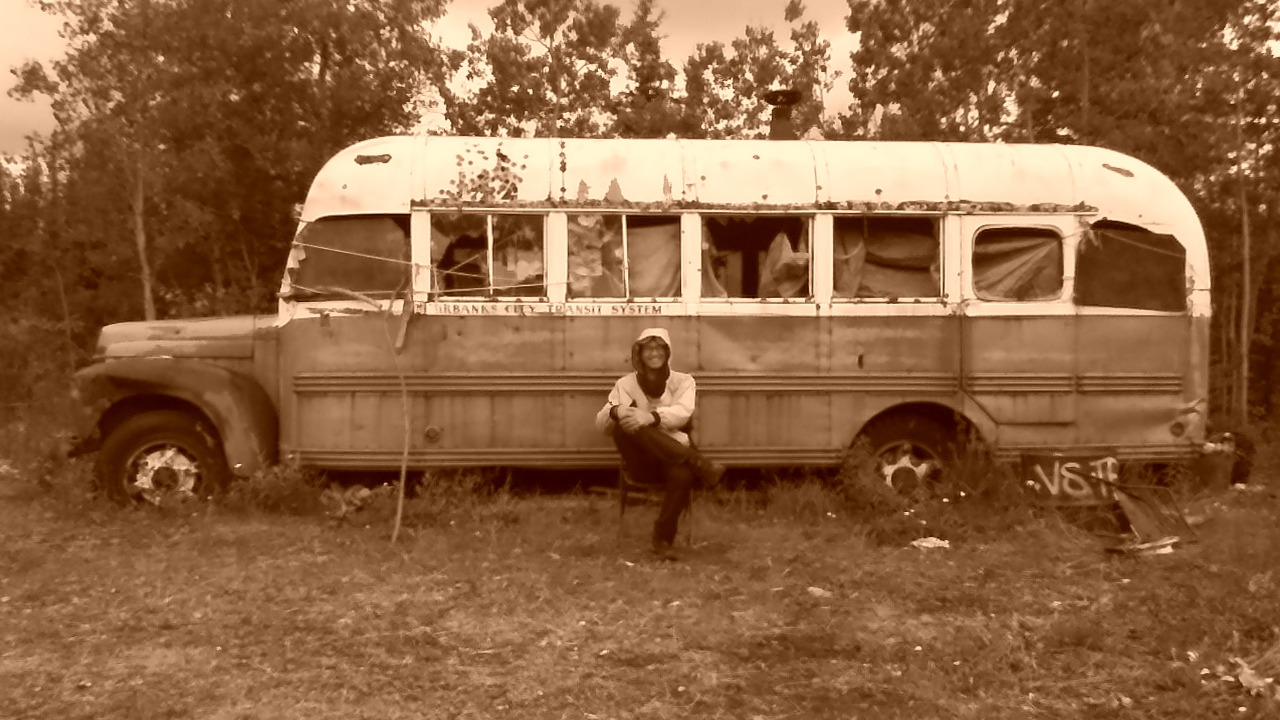
Copyright Frank Dias
When my friend Frank Dias did some online research to find inspiration to design his own tattoo he was far from imagining that this would lead him to Alaska and film his own documentary “Into the Wilderness”. I interviewed Frank in order to share his amazingly lucky adventure into the wild!
It all started when Frank was doing some research online to try and find some interesting ideas to design his own tattoo. With Chris Nolan’s “Dark Knight” Batman film in mind Frank was looking for designs or images around the theme of swarm of bats. His research soon led him to a Nissan special edition “Dark Knight” car. At the bottom of the advert page, there was a message stating “How much of a thrill seeker are you? Take our test” Frank clicked on it and the “Juke Built to Thrill” competition page opened up with an online test to take that Frank passed quickly. He then went through to the next step, which was to describe his most adventurous thrill of a lifetime. Deeply inspired by the story of Christopher McCandless which was both related by the book “Into the Wild” written by Jon Krakauer and the movie directed by Sean Penn, Frank mentioned that his thrill would be to go to Alaska to follow in the footsteps of Christopher’s hike into the wild to get to bus 142 and to question what adventure truly meant for him.
One month later Frank received an email that he was about to delete but thankfully the header read “You have been shortlisted for the “Juke Built to Thrill” competition”. He then went on to meet the production people in the London headquarters and was selected with 4 other people out of a pool of 12000 participants and ended up being the lucky winner of the competition! Very excited and also very well prepared Frank took off to Alaska to hike the trail that Christopher McCandless had walked in 1992.
“How many people where you and at which time of year did you film the documentary?
– We were a total of four, Mungo the cameraman and film director, Kevin and René, two local guides from Denali Backcountry Guides and myself. We went to the stampede trail in July of this year.
What is the underlying aim of “Into the Wilderness”?
– It is to question what adventure means for me, but also to try and understand Christopher’s motivation, inspirations and realisations and to pay my respect to a young adventurer who sadly died – to visit another human being last resting place.
What challenges did you encounter on the way?
– The hike was rough but the two main challenges were crossing the River Teklanika and the hundreds and hundreds of mosquitos! The River crossing was quite an adventurous step for me which I’ve never done before. There were dangers involved in that. In 2010 a young Swiss woman died trying to cross it. Thankfully thanks to Kevin and René’s experience everything went well. The other challenge I didn’t expect was the omnipresence of hundreds of mosquitos following us everywhere. Thankfully again, René and Kevin had brought us some protective anti-mosquito suits.
What special equipment did you have with you apart from the mosquito suits?
– Extra pairs of shoes, water filtering device and waterproof gear and bags.
How long did it take you to walk to the bus, your final destination and what did you feel when you saw the bus?
– It took us two days to walk to the bus and when I got there I felt quite emotional. It was quite an emotionally powerful moment to see the bus and everything in it left as it was when Christopher had lived there.
What learning did you take back with you from this experience:
– I certainly came back with a greater sense of appreciation for enjoying each moment whilst I can. Always go with the perspective that you can have an adventure anywhere as you never know what life is going to bring you. I also came to agreeing with the fact that ” true happiness is only real when shared” – which is the conculsion Chris came to after spending many days isolated.
Do you think there is a message that we could take from Christopher’s experiences and decisions?
– Yes, doing your own rite of passage – when you challenge yourself to become an adult and to find out who you truly are. In our modern society the rite of passage has evolved to a point that it has practically disappeared and with it a basic element of ourselves has been dissolved over time. Also, when going out on an adventure, be prepared, use common sense and stay alive, you’ll want to share your story with others!”
In 1990 Christopher McCandless decided to leave civilization, maybe as his own rite of passage. In April 1992 he ventured into the Alaskan wilderness to find peace and solitude and to be at one with his great passion for the wilderness. He may have had questions that he needed time and space to find answers for. He stayed in Alaska 112 days and was mainly living of berries and hunting and whilst out there he came to the realisation that true happiness is only real when shared. He realised that the most amazing adventures and the most beautiful experiences are only really so when you can share them with someone, so he decided to go back to civilization and his family. However, on the way back, River Teklanika had greatly swollen up due to thaw and had turned into a deep, fast and very strong river. Christopher nonetheless tried to cross it and nearly drowned in the process. He finally gave up the idea and went back to what he called his “magic bus”; the bus that he had found in that great immensity of the Alaskan wilderness and which offered him shelter for the days he lived there. Whilst gathering his food, Christopher seems to have ingested some plants that ended up poisoning his body, you can read the latest theory on this in the New Yorker. Realizing that he could die there, he continued writing his diary until he eventually rolled up in his sleeping bag and passed away. He passed away in the uncompromised rawness of a wilderness he loved so very much.
Filmed and directed by Mungo, Into the Wilderness is a beautiful documentary retracing the footsteps and the poignant story of a young adventurer who escaped civilization to realize that happiness was only truly meaningful when shared. Mungo’s photography pays tribute to the uncompromising and raw Alaskan landscape beauty.
The film will be released in thirty selected cinemas throughout the UK, from the 14th October to the 30th November as part of a set of short films for the Adventure Film Festival. So if like me you love adventure, nature and inspiring stories, do go and watch Frank’s film and the others!
For those of you who would like a taster, here is the trailer:
INTO THE WILDERNESS TRAILER from Black Diamond on Vimeo.
By Angelina Cecchetto on 7th October 2013
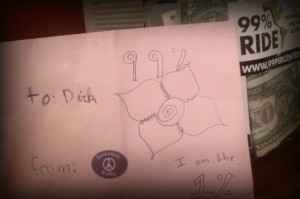 This was one of the most beautiful and certainly one of most emotional moments so far.
This was one of the most beautiful and certainly one of most emotional moments so far.
